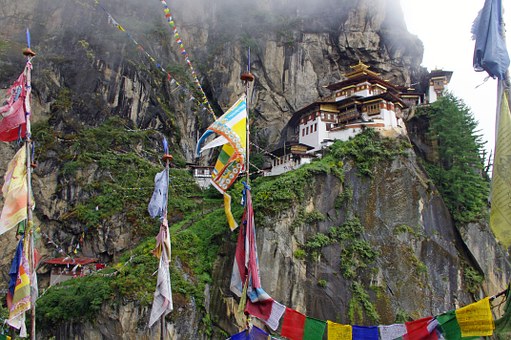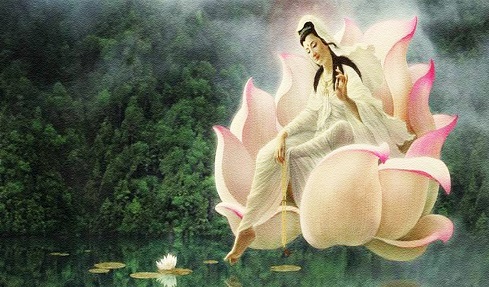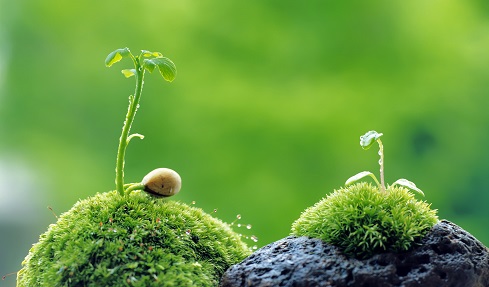Mahayana Buddhism holds that the worst among all defilement is great anger because it is the direct opposite of loving-kindness and compassion, the foundation and the aspiration of Mahayana. The bodhisattva vows rule that when loving-kindness and compassion for anyone are totally abandoned and replaced with strong anger, the root precept will be broken and no bodhicitta can ever be developed. We should not under estimate the negative effect of anger.
~Depicted from THE HANDBOOK'S FOR LIFE JOURNEY - On The Three Poisons-How to Confront Anger











